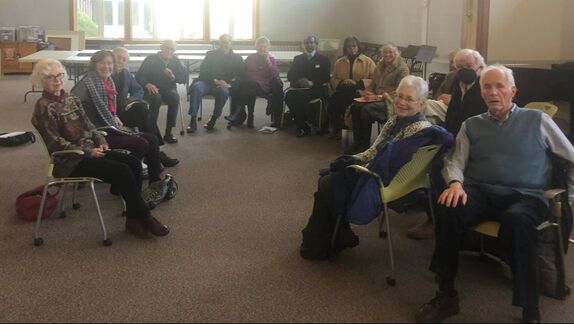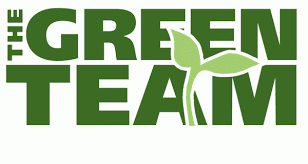Green Team's from Grace Church, Amherst and Saints James and Andrew
(from left to right: Maria Dye, Miriam Jenkins, John Jenkins, Sandy Muspratt, Tom Baker, Mary Hocken, Mitchell Speight, Joan Marie Jackson, Ella Ingraham, Tupper Brown, Don Allison, Sharon Seelig, Harry Seelig)
(from left to right: Maria Dye, Miriam Jenkins, John Jenkins, Sandy Muspratt, Tom Baker, Mary Hocken, Mitchell Speight, Joan Marie Jackson, Ella Ingraham, Tupper Brown, Don Allison, Sharon Seelig, Harry Seelig)


 RSS Feed
RSS Feed